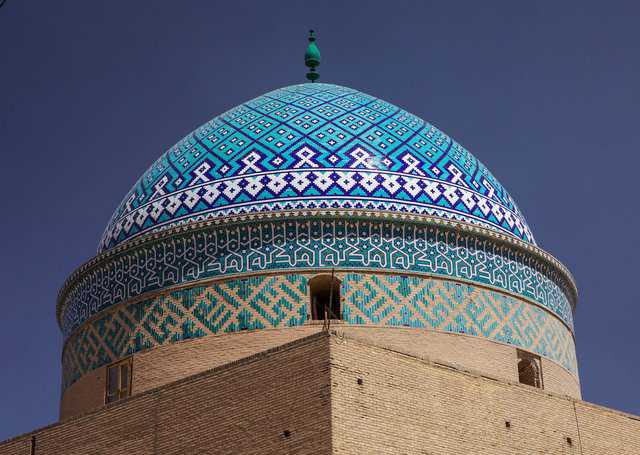Commercial Plan and Design
If you’re concerned about anything related to the planning and design of a Monolithic Dome school church, gym, etc. you will probably find the answer you need in this section. Besides articles by experts and Monolithic Dome owners and/or administrators, it contains tools, such as Googles’s “SketchUp,” for planning a dome and photographs. And new information is frequently added.


















